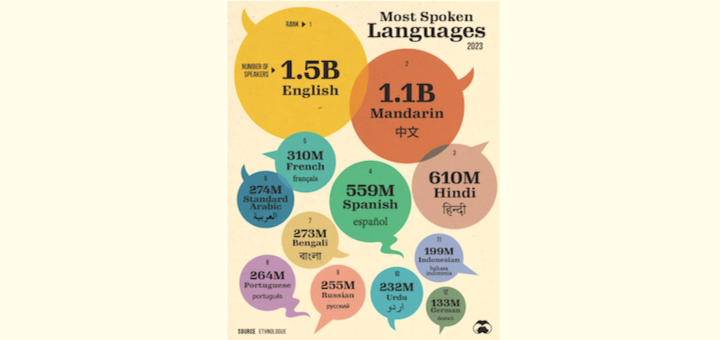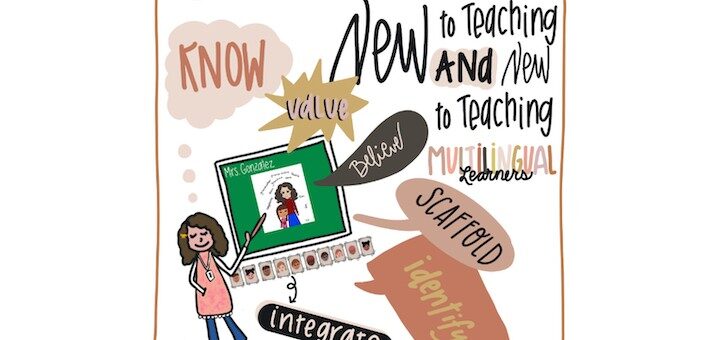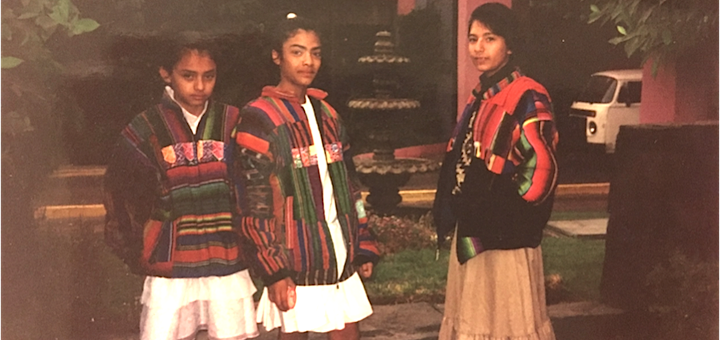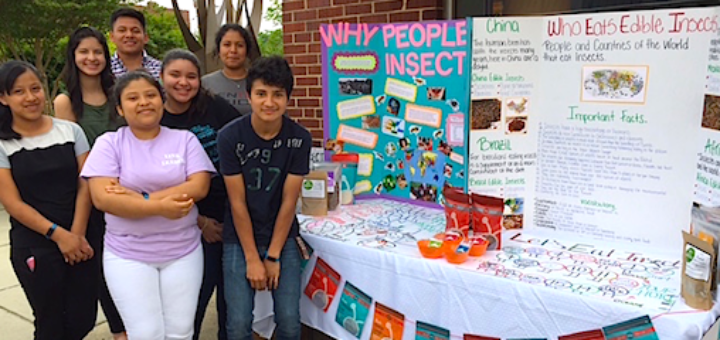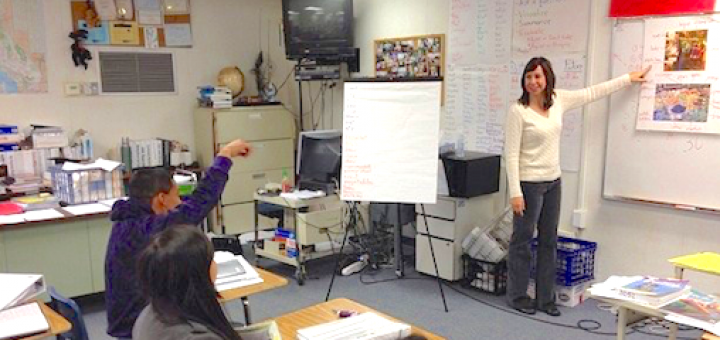Category: English Language Learners
When teachers apply “translanguaging” in class, write Larry Ferlazzo and Katie Hull Sypnieski, they’re using a student’s home language as a scaffold to help them achieve English language acquisition and to learn academic content they might not be able to access yet in English.
First and foremost, writes EL expert Valentina Gonzalez, new teachers need to view multilingualism as a student asset. Learn her five proven strategies to achieve teaching success with multilinguals, who need to be valued, respected and supported to master academic content.
When teaching ELLs using a culturally responsive-sustaining pedagogy, write Larry Ferlazzo and Katie Hull-Sypnieski, centering student voice is critical to creating the conditions for student success. The teacher asks for, listens to, and acts on student ideas and feedback.
Culturally responsive and sustaining teaching needs to underlie and guide all our classroom practices, write Ferlazzo and Sypnieski. When we validate the cultural learning tools that diverse learners bring, we can leverage them to produce positive outcomes for all students.
Teacher Emily Francis shares her immigrant journey from a childhood in Guatemala to a North Carolina classroom in an effort to help fellow teachers gain insights about their own Newcomer students “who need, from day one, sociocultural support that reaches their heart.”
Larry Ferlazzo and Katie Sypnieski provide ELL students the chance to read high-interest books independently. Literary conversations help ELLs interact with the texts, creating a classroom culture of shared literacy. The co-authors share six creative activities.
“Since many students are in my class multiple times,” writes ELL teacher Wendi Pillars, “I’m always seeking new topics to tie literacy skills together.” This year one theme was “Zero Hunger” through sustainable agriculture. A perfect hook for a unit on eating insects.
What considerations do teachers of English Language Learners need to keep in mind as they help students “close read” complex texts and meet Common Core standards? Veteran ELL teachers Larry Ferlazzo and Katie Hull Sypnieski share ideas from their classrooms.
Teaching consultant Barbara Blackburn offers 3 simple, effective tools to support English Language Learners as they work with nonfiction text. The strategies, easily adapted to any classroom, include use of visuals, use of language, and layering meaning.

